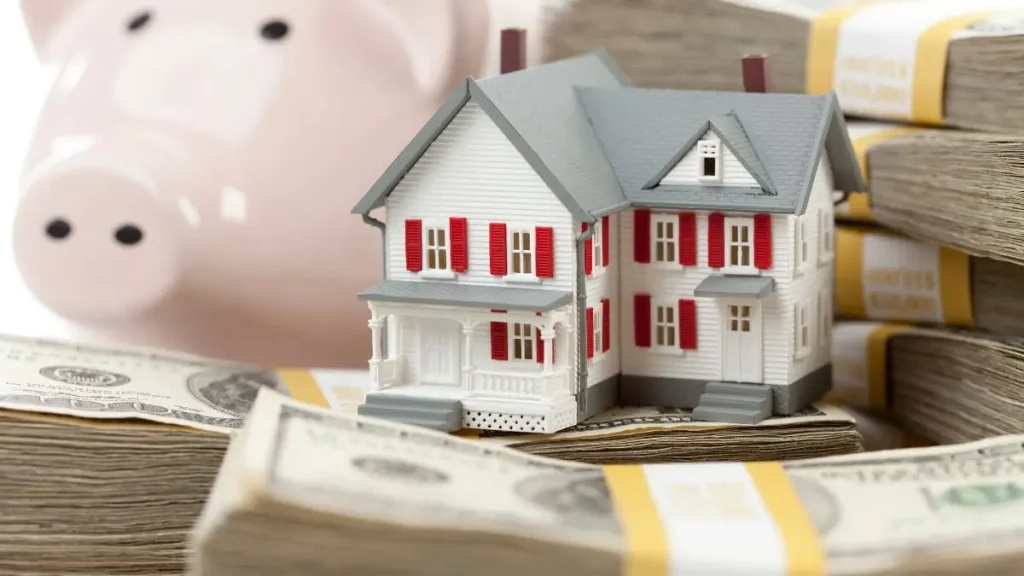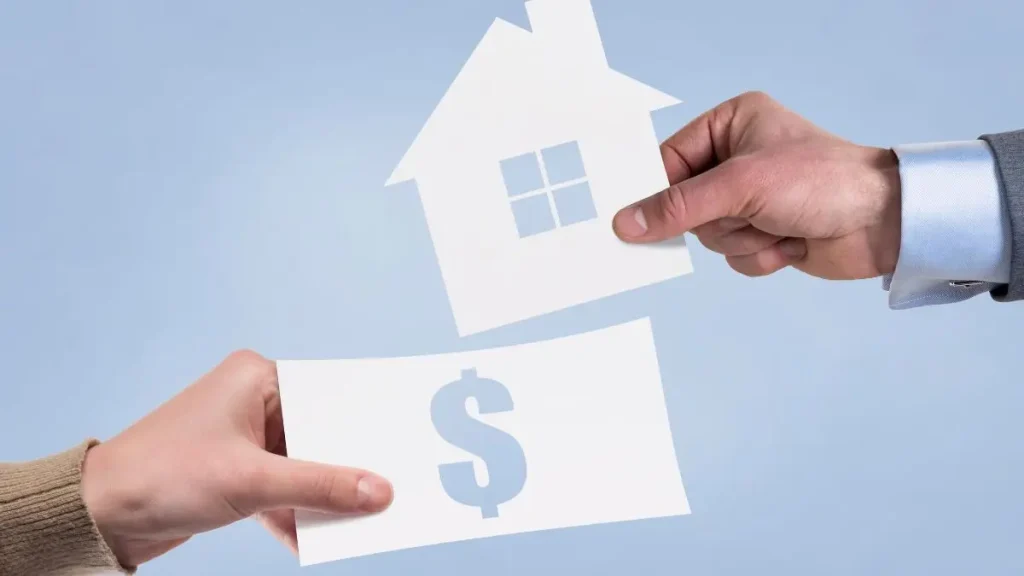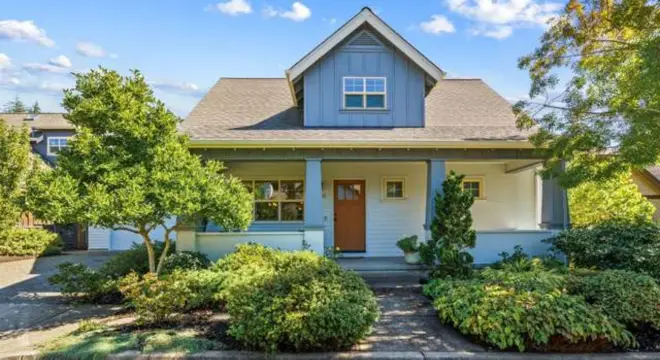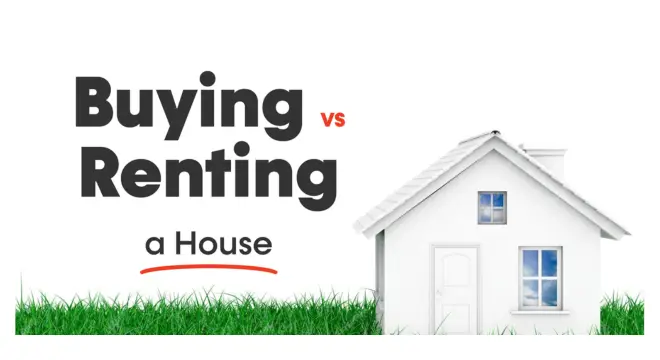US Housing Market Slows in June Despite All-Time High Prices
I’ll be honest—there’s something strange about watching home sales fall while prices keep climbing. That’s exactly what happened in June. According to the National Association of Realtors, existing-home sales dropped 2.7% compared to May, landing at an annual pace of 3.93 million units. That’s the lowest level since last September.
At the same time, the median home price hit a record high—$435,300. That’s the 24th straight year-over-year increase, even as affordability continues to slip out of reach for many.
And that disconnect? It’s not just frustrating. It’s reshaping who gets to own a home in America—and who keeps getting pushed out.
What the June Numbers Really Tell Us?
If you’ve been trying to keep up with the housing market, June probably sent some mixed signals your way. On one hand, sales dropped—and that’s a big deal. On the other, prices didn’t just hold—they broke records.
According to the World Property Journal, existing-home sales in the U.S. fell 2.7% from May, marking one of the sharpest month-over-month declines we’ve seen this year. The market hit an annualized pace of 3.93 million units, which, surprisingly, was nearly the same as June 2024. But that’s where the stability ends.
Prices shot up to $435,300, the highest ever for June. This is now the 24th straight year-over-year price increase—and it’s not slowing down. So if you’re hoping for a price correction? It’s not here yet.
That’s because supply is still tight. Inventory rose slightly compared to last year—about 1.53 million homes were on the market—but it’s still not enough to balance things out.
You’re not imagining it. Things are slowing down in some ways, but if you’re shopping, it doesn’t feel any easier.
What’s Really Dragging Sales Down?
You might be wondering—if the market’s cooling, why aren’t more people jumping in?
The answer: interest rates. According to Reuters, mortgage rates stayed stubbornly high in June, hovering around 6.75%. That kind of rate can easily add hundreds to your monthly payment, especially with prices where they are.
And here’s the kicker—many current homeowners don’t want to sell either. If you bought a home with a 3% mortgage just a few years ago, would you really trade that in for 6.75%? Probably not. That’s what’s being called the “lock-in effect.”
What we’re seeing now is a market where buyers can’t afford to buy, and sellers don’t want to sell. It’s a perfect storm that slows everything down—even though demand still exists under the surface.
And if you’re a first-time buyer? You’re probably feeling the squeeze hardest. High rates hit you hardest when you’re just trying to get in the door.
If you’re feeling stuck in a high-rent situation while rates stay high, you’re not alone—this California town has topped the U.S. rental market for three years straight, showing just how out of reach buying has become for many.
The Wealth Divide Is Getting Wider

Let’s talk about something that rarely makes headlines: how this market is deepening the divide between owners and everyone else.
Homeowners have gained, on average, about $141,000 in equity over the past five years, according to Lawrence Yun at the National Association of Realtors. That’s real wealth—locked into their homes. But if you’re renting or trying to buy for the first time, that wealth gap keeps growing in front of you.
Even though home sales are down, the percentage of first-time buyers remains stuck at just 30%. That’s far below what we’d expect in a healthy market.
And you feel it, right? You save, you scroll listings, you run the numbers—and then a 20% down payment feels impossible. That sense of being “locked out” isn’t just financial. It’s emotional.
Have you felt locked out of homeownership lately—or managed to break through? I’d love to hear how you’re navigating this market. Drop your experience in the comments.
Some Regions Are Slowing Faster Than Others
Where you live—or plan to buy—matters more than ever right now.
In June, the Northeast saw the steepest drop in sales at 8%, followed by the Midwest (–4%) and South (–2.2%). Only the West saw a small uptick, with sales up 1.4% month-over-month.
But here’s what might surprise you—prices still climbed in all four regions, even where sales fell.
Here’s how it breaks down:
- Northeast: Median price $543,300 (+4.2% YoY)
- Midwest: $337,600 (+3.4%)
- South: $374,500 (+0.3%)
- West: $636,100 (+1.0%)
So even if activity slows, don’t assume prices will follow—especially if you’re shopping in high-demand metros.
Pro tip: If you’re open to relocating, the Midwest still offers better value. But keep an eye on how fast those price tags are catching up.
In fact, some cities are slowing so dramatically that they now rank among the 10 slowest housing markets in the U.S., creating unusual gaps between buyers, sellers, and investors.
Why Inventory Feels Better—But Still Isn’t Enough
Let’s say you’ve noticed more listings lately. You’re not wrong—inventory rose 16% compared to last June. But here’s the nuance: it’s still low by historical standards, and not enough to cool prices in a meaningful way.
There were about 1.53 million homes on the market in June, which gives us a 4.7-month supply—up slightly from May. But pre-pandemic? We used to see 6-month+ supply levels in balanced markets.
Another red flag: homes are sitting longer. The median days on market jumped to 27, up from 22 last year. It’s a sign that buyers are hesitating—and sellers are holding firm on prices.
Interestingly, cash buyers made up 29% of all sales—the highest we’ve seen in over a year. And investors are stepping back, with their share falling to just 14%. So if you’re a regular buyer without deep pockets? The competition is still tough, just coming from different directions now.
In plain terms: there’s more to look at, but it’s still not easy to buy—especially if you’re counting on prices to drop fast.
I came across some really sharp market breakdowns recently—especially in buyer groups I follow. If you’re someone who likes quick updates and community reactions to trends like these, WhatsApp has become surprisingly useful.
Single-Family Homes Are Slipping — Condos Just Holding On
If you’ve been browsing reports lately, you’ve probably noticed this: single-family homes aren’t moving like they used to.
In June, sales of these homes fell 3% month-over-month, settling at an annual pace of 3.57 million. Even though that’s slightly higher than June 2024, it’s a slowdown—no question. The median price for a single-family home? A hefty $441,500, up 2% YoY.
Meanwhile, condos and co-ops flatlined. Sales stayed stuck at 360,000 units, but that’s actually 5.3% lower than last year. Still, prices inched up to $374,500, showing a tiny 0.8% gain.
What does this mean for you?
If you’re trying to buy a single-family home, you’re likely facing stubborn prices and limited options. Condos might look more appealing on paper, but they’re not exactly on sale either—and often come with higher monthly fees or stricter rules.
If you’re planning to invest despite the noise, make sure you’re thinking long-term. Here are 5 smart steps to buy your first investment property that still hold up in today’s market.
What the Cash Buyers and Investors Are Telling Us?

Here’s something the headlines rarely highlight—who’s actually buying right now?
According to June’s numbers, 29% of all home purchases were made in cash. That’s the highest we’ve seen in over a year. And it tells us something important: wealthier, often older or downsizing buyers, are still very active. They’re avoiding interest rates entirely—and snatching up homes while others hesitate.
On the flip side, investors are backing off. In May, they made up 17% of transactions. In June? Just 14%—the lowest share since September 2022.
So what’s going on?
With rates high and rents softening in many cities, the math no longer adds up for short-term flips or rentals. If you were hoping to compete less with deep-pocketed landlords, this might be your opening.
That said, distressed sales—like foreclosures—remain super low, at just 3% of transactions. So no, we’re not in 2008 territory. This isn’t a crash—it’s more like a freeze.
The Magic Number: Why 6% Mortgage Rates Matter
If you ask anyone in real estate what could jumpstart this market, the answer is almost always the same: lower interest rates.
And not just any rate—6% seems to be the magic number.
Lawrence Yun at NAR says that if mortgage rates drop from 6.75% to just 6%, it could unlock an estimated 160,000 new first-time buyers. That’s a huge wave of pent-up demand that’s just waiting on better terms.
Think about it—if you’re currently renting or holding off, would you feel different about buying if rates came down even a little? That’s what a lot of folks are counting on.
Even a recent New York Post survey found that millions of potential buyers are sitting on the sidelines, waiting specifically for that 6% threshold.
So where are we now?
The Fed is watching inflation closely, and analysts expect possible rate cuts later in 2025. But until then, expect more of this slow grind. Buyers hesitate. Sellers wait. And everyone refreshes their mortgage calculator five times a day.
Keep that 6% rate in mind. It may just be the switch that flips everything.
Want to dive deeper into what’s shaping real estate trends right now? Explore our full Home Buying section for more expert-backed insights.
Disclaimer: This article is for informational purposes only and does not constitute financial or real estate advice. Market conditions may vary by location and personal situation. Always consult with a licensed professional before making any housing decisions.


